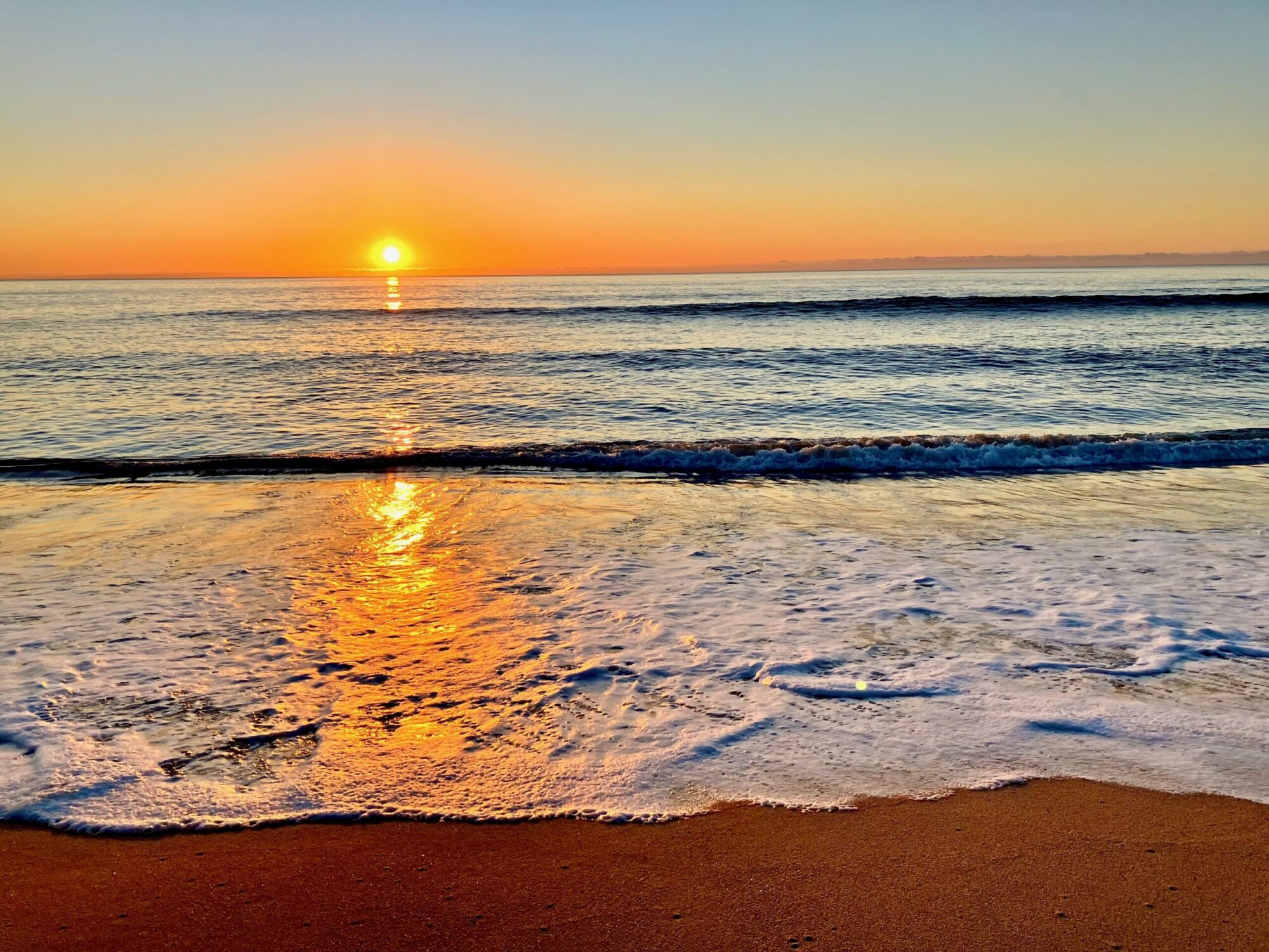
The beaches have been closed for quite awhile, but we have been going down to the beach for a few minutes almost every day to throw a stick in the ocean for Isabela and look at the waves. There has been abysmal surf, which is a good thing, seeing that is nobody is allowed to surf right now because of the pandemic.


Today we were greeted with a beach littered with tiny baby lobsters. Most of them were still alive. The tide brought them in and left them stranded.

He’s no bigger than the palm of my hand. But when I put him in my hand, his tiny front pincers got me and I squealed and dropped him. I was more startled than anything, but it didn’t feel that good either.
In the 9+ years we’ve lived here we have not witnessed this, so it was interesting. We started tossing them back into the water, which in some cases was fruitless. The waves just brought them right back and deposited them out of reach of the next incoming wave.
Greg said we should have a bucket and then we could gather them and put them in a tide pool or some deeper water. Bingo! I was wearing my cap.

We walked over to the palapa on the end of the beach and then Greg walked onto the rocks where it looked better for getting them back in. There were others stranded in the rocks already too.



That accomplished, we continued on our walk to the next little beach.
At the next stop we found the same thing on the beach. We collected another hatful and released them too.
Mostly our knowledge of lobsters is minimal. We knew that lobsters live in and around rocky places in the ocean and they make a tasty meal.
Once home I decided to investigate the reproduction of the lobster. The internet is a good place to go of course.
“How lobsters reproduce is an arduous journey that takes as long as 20 months from mating to hatching. During much of that time a female lobster carries her eggs around on her underside, protecting and nourishing them.
When a female is ready to molt and mate, she selects the bachelor she wants to mate with, usually the largest guy around, by releasing a pheromone – a chemical linked to sexual attraction – in front of his den.
The fact that she releases it in her urine sounds gross, but apparently it works for lobsters. He responds by leaving his den for a brief bout of confrontation that somehow turns to compliance. As described by Dr. Jellie Atema of the Marine Biological Laboratory, she signals her readiness to mate by raising her claws and placing them on his head.” https://poseidonsweb.com/lobsters-reproduce/
According to the website, I learned that the female only mates after she has molted. The male takes her into his den and protects her as she molts, and once that has happened she receives the sperm from the male. Accepting the sperm doesn’t mean she has eggs yet though.
She carries that sperm around in her sperm holding place and when she has eggs, she pushes “10,000 to 20,000 eggs out of her ovaries, passing them through the sperm receptacle for fertilization. They’re passed along her abdomen, where a sticky substance glues them to the bottom of her tail.” https://poseidonsweb.com/lobsters-reproduce/

She hangs on to these eggs for a long time (go to the website if you want to know more).
I suppose finding about 100 baby lobsters on the beach doesn’t account for much seeing that they can have up to 20,000 eggs.
But I got some kind of happiness attempting to get them back in the ocean. This day has started out well. Hope you’re having a good day too.

